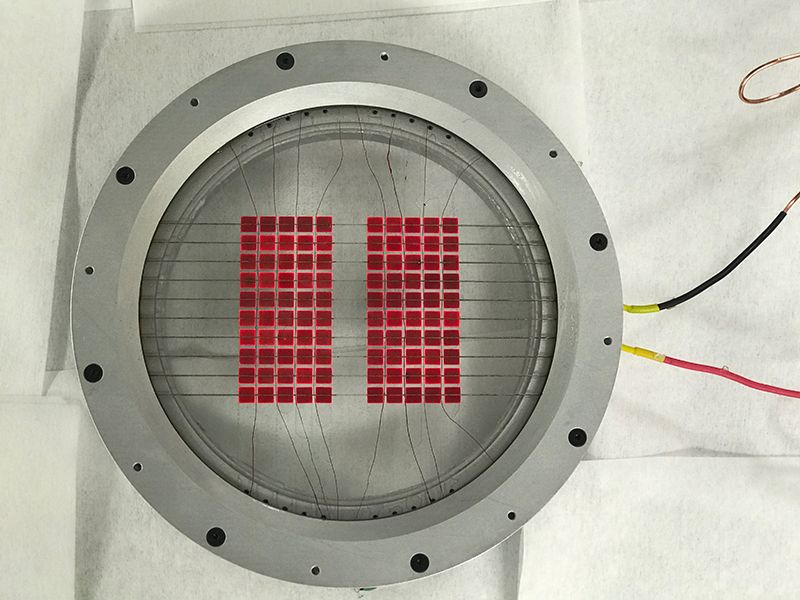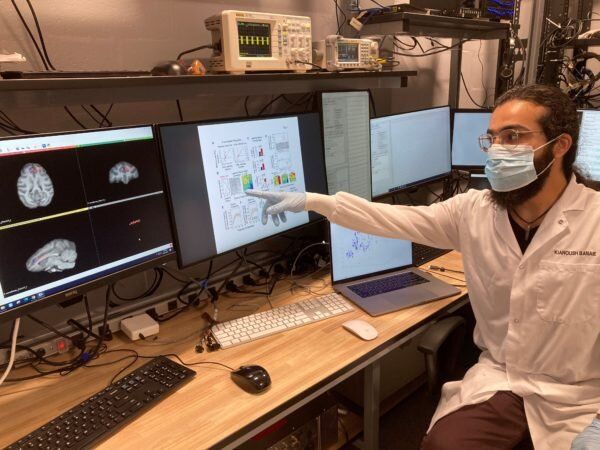The science of using AI to detect and predict emotions is shaky but the U.S. military and a handful of well-funded startups are hoping to prove the doubters wrong, whatever the risks.



Engineers have developed a new type of hybrid solar energy converter, which uses energy from the Sun to create both electricity and steam. The device reportedly has high efficiency and runs at low cost, allowing industry to make use of a wider spectrum of solar energy.
The most common way of collecting energy from the Sun is through photovoltaics. These solar cells produce electricity from sunlight, and they’re so simple that they’re built into everything from garden lights to the grid itself.
But it’s not the only way. Solar concentrators collect heat instead of light, focusing the Sun’s rays to heat up a contained fluid. This can then be used to generate electricity – say as steam turning a turbine – or more directly, to heat homes or for other industrial processes.

There are 86 billion neurons, or cells, in the human brain. Of these, an infinitely small portion of them handle cognitive flexibility—our ability to adjust to new environments and concepts.
A team of researchers with interdisciplinary expertise in psychology, informatics (the application of information science to solve problems with data) and engineering along with the Vanderbilt Brain Institute (VBI) gained critical insights into one of the biggest mysteries in neuroscience, identifying the location and critical nature of these neurons.
The article was published in the journal Proceedings of the National Academy of Science (PNAS) on July 13. The discovery presents an opportunity to enhance researchers’ understanding and treatment of mental illnesses rooted in cognitive flexibility.


Dr. Anthony Fauci: “When you’re dealing with something that’s changing in real time—that’s really the nature of science.”
“As the information changes, then you have to be flexible enough—and humble enough—to be able to change how you think about things.” abcn.ws/32pBD6L
#OTD 51 years ago, Apollo 11 launched from NASA’s Kennedy Space Center with NASA Astronauts Neil Armstrong, Buzz Aldrin, and Michael Collins aboard. Four days later, Armstrong and Aldrin landed on the Moon’s surface, while Collins orbited overhead in the Command Module: https://go.nasa.gov/3j7tRV0

Study detects the critical point between 2 liquid forms of water.
Water, so ordinary and so essential to life, acts in ways that are quite puzzling to scientists. For example, why is ice less dense than water, floating rather than sinking the way other liquids do when they freeze?
Now a new study provides strong evidence for a controversial theory that at very cold temperatures water can exist in two distinct liquid forms, one being less dense and more structured than the other.
Can artificial intelligence enhance human surgeons with AI superpowers to reduce medical errors?
